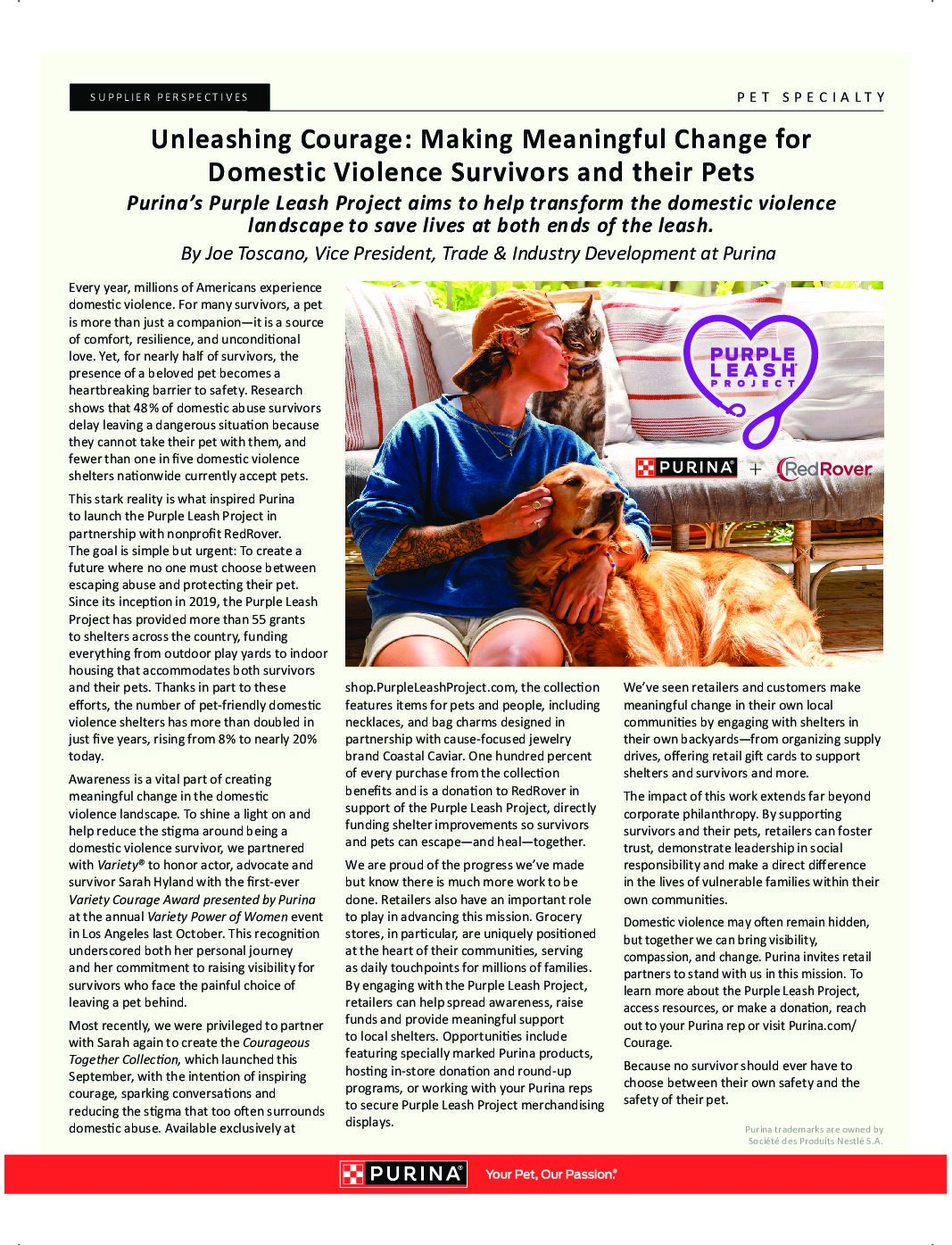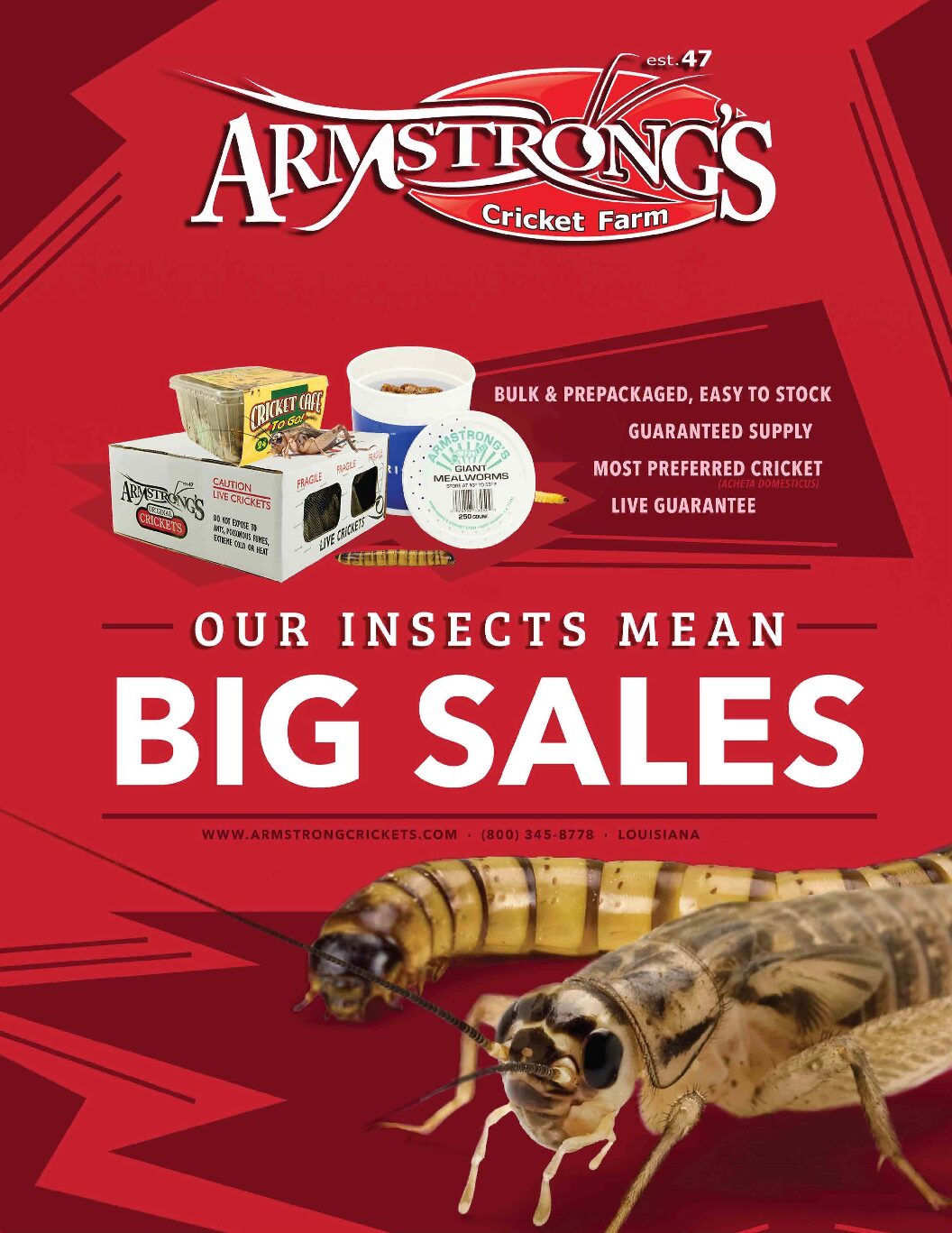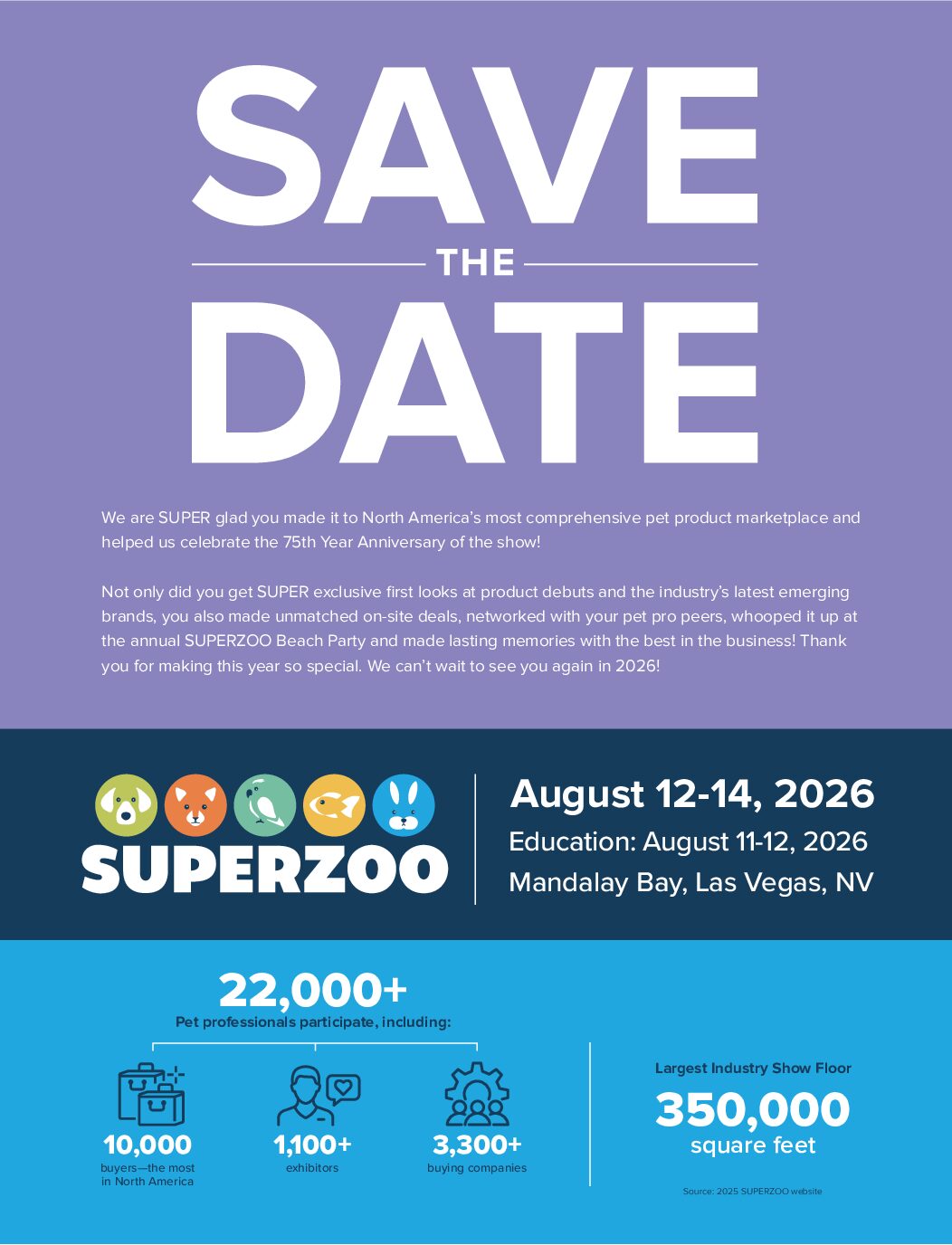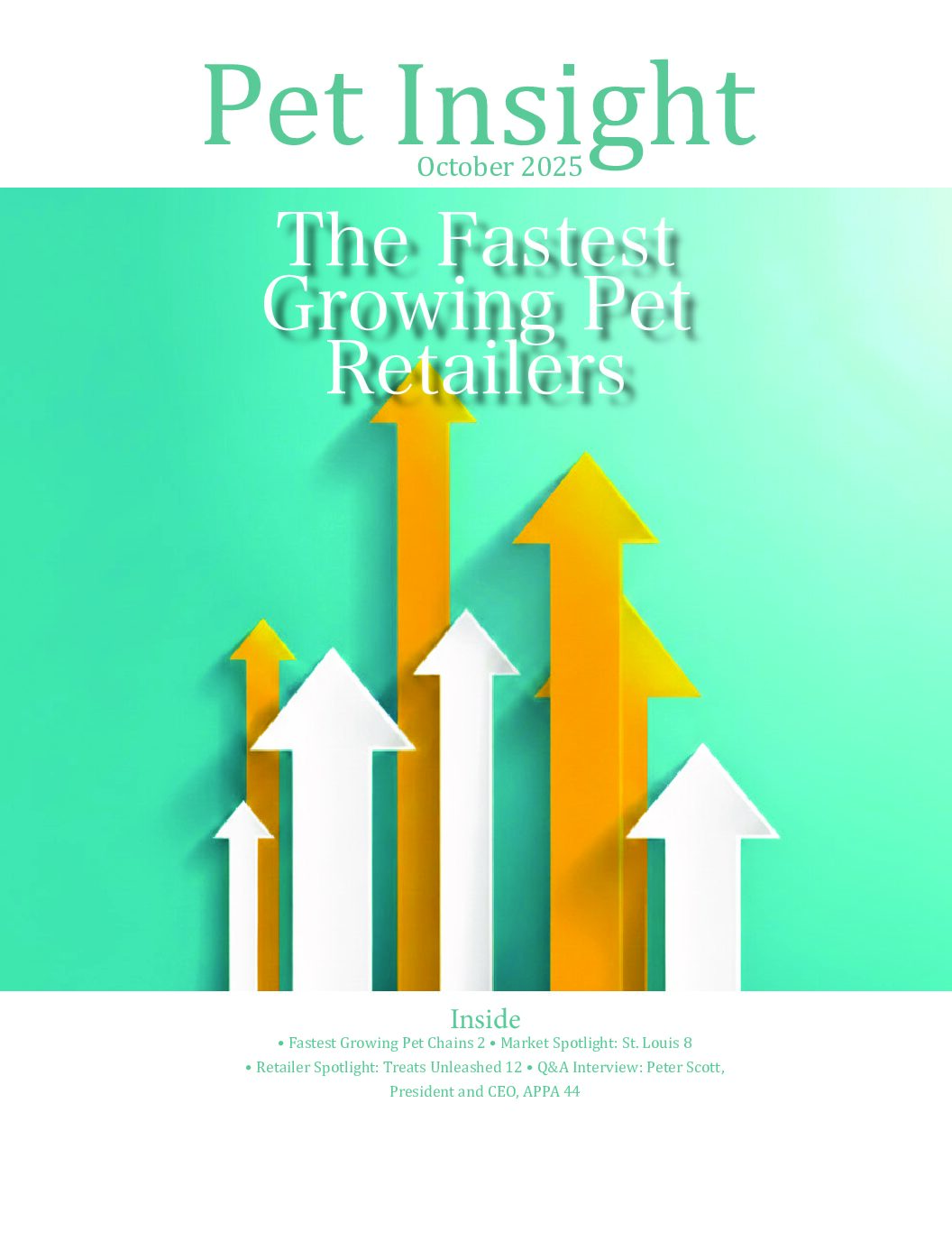Q&A Interview: Peter Scott, President and CEO, APPA
Some retailers have noted the uptick in direct-to-consumer goods and services in the last few years, effectively bypassing the traditional supply chain. With that in mind, how has the role of industry associations such as the APPA evolved?
First off, one of the things is that we’ve got to be more than just a tradeshow. Tradeshows, they come and go, any business that is relying on one thing [revenue source] has a harder time. We’ve got to be able to demonstrate value to our members throughout the year, and we are no different than the Public Relations Society of America, the National Association of Home Builders, the National Golf Course Owners Association; we are all existing to provide value to our members. It’s really about driving value throughout the year and providing our members with the tools, not 100 percent of the tools, but some of the tools that drive business success and business resilience.
The APPA’s industry insights and data that you share with industry stakeholders who aren’t necessarily members, such as your Dog & Cat Report, are so relevant and impactful. For your members, how does the APPA continue to advocate for and connect with them?
We are doing a good amount in those kinds of things. In terms of advocating, we are really focusing on a couple of things. One of those is for those members who aren’t members, we want them to become members, but we, along with a coalition of other associations, are working together to build a stronger voice when it comes to the economic impacts the industry faces. Whether that’s through tariffs or other issues, we want to provide our members with the information and the education that helps their businesses.
We also fund Pet Advocacy Network who serves as the government affairs arm for the industry. They’re going through some changes now, but we’re going to have to let them figure out the direction they want to go in the future—that’s part of the advocacy component.
The other part of advocacy is helping on the public awareness side to draw attention to the benefits that pets have on our lives. We really want to try to build pet ownership through a public awareness campaign that we’re developing with HABRI, the World Pet Association and others to demonstrate the positive impacts pet ownership has in this country. We’re funding research on the benefits of the human-animal bond, and the APPA is working to resolve the housing issues, so that anybody who wants to bring home a pet, they can bring it into their homes. It was once said that nothing happens until somebody brings home a pet, we’re going one step earlier in that and saying nothing happens until someone can bring home a pet. Working on resolving those issues with pet deposits, pet restrictions at apartment complexes and rental homes, doing things that if we can make it easier to bring home a pet, people see the benefits of that, and that’s one half of it. Then the other half is helping our members in the responsible trade and commerce area.
The North American pet industry is projected to reach $157 billion in sales for 2025. How would you characterize the state of the industry?
It’s strong. There are some economic and non-economic headwinds that are facing the country right now as a whole, but the industry is remaining resilient, and it’s not as impact-proof as many people thought it was coming through Covid. Certainly the growth rate from 2010 to 2015 really started to take off. It slowed a little and slowing growth is sometimes tough to grasp, but it’s a strong industry.
Overall, Gen Z and Millennials own as many pets as Boomer and Gen X right now. Gen Z and Millennial have a much stronger knowledge and appreciation for the value of the human-animal bond, where [by comparison] Gen X and Boomers had to learn the value of the human-animal bond. It was always somewhat innate, but now you know it’s evidence-based science. So having that evidence-based science approach going into these two future generations, you don’t have to spend as much time saying why pets are good. They get it—pets are good. We think that in future years, pet ownership will remain strong because there is science behind it. It’s not just you getting a dog, because you get a dog. No, you get a dog because it’s $23 billion in human health care savings. I have a better chance of being healthier or less likely to develop cardiovascular disease or diabetes. My mental state is better. Those are some of the reasons why it will continue to remain a strong and resilient industry.
What are some of the industry trends and shopping habits APPA members should be attuned to?
The power of social media, especially in product discoverability. Sometimes a lot of commerce has a way to go. It’s not there today. It is, but not everyone is buying on TikTok shops yet. More and more people are, but not everyone. But to see where that is going; the omnichannel shopper that wants to look online, buy in-store or look in-store, buy online, ship to store. Brick and mortar retail is still incredibly important. But online is equally important even if it’s for discoverability and comparison shopping. Retail media has come out by storm. You didn’t hear much about it three years ago, but the value of retail media in terms of anything from the media landscape, from Amazon, Chewy, Walmart, PetSmart, Petco to the media empire of Instacart and all these aggregators, retail media is re-shaping the buying side.
Sustainability is continuing to gain strength. We’re continuing to see that all the time with the incredible work the Pet Sustainability Coalition is doing. But especially Gen Z, are really insisting on more sustainable products.
Supplements and the growing importance of supplements to pet health and pet longevity [is another key area]. It follows similar trends in human health, and it’s no longer looking in terms of lifespan, rather it’s health span of the pet. How long can you have the tools, whether it’s technology or supplements or nutrition, that my pet not only lives longer, but lives a happier and healthier life?
Products that are Made in the USA. It’s not just pet products, it’s jeans, it’s furniture, it’s apparel. There’s a certain level of pride in Made in the USA.
Those are some of the trends that we see through our research and from feedback and things that we see on the show floor.
How do you see the role of technology evolving in the industry?
AI will have a profound impact on all businesses, and we are not immune. We are trying to figure out how we can create better experiences and easier paths to do business with us using AI. Whether it’s AI for customer service or things like that, if you look at the other areas, nutrition and pharmaceuticals are certainly using AI to develop newer products, smarter products more quickly.
Telehealth and virtual care; how that is making it easier for people that they don’t mind bringing their pet to the veterinarian, but if it’s something very simple, what can I do on virtual care? If my cat just had surgery, do I have to bring the cat in because it’s rough on the cat. If you are post-op and you can just do a FaceTime of the cat’s wounds, “Oh, it’s healing nicely.” You don’t have to bring Fluffy in, because Fluffy doesn’t want to go. That’s an obligation we have, which is to provide education on things that are coming, whether that’s AI or anything else. We’re not telling you that you have to do it or not do it, but there should be no member left alone. If you choose to stick your head in the sand, that’s fine, but we should at least provide you with the tools so you can be informed on the direction you want to take.
How did Covid reveal the industry’s resilience and tenacity?
We saw this big runup and people were making and selling products as quickly as they possibly could. They didn’t know where to go. We were all walking down single aisles in the grocery store with masks and gloves on, but people were adopting pets like crazy. They needed food, they needed toys, they needed bedding. It was make, make, make and sell, sell, sell. And then all of a sudden it was, “What do you mean it’s slowing down?”
You needed the resilience and tenacity to gear up when you thought just as easily we’re not going to sell out. Then all of a sudden retailers selling products like crazy. The other side of resiliency and tenacity is what do you mean they’re not buying everything?
It’s probably less business sense and more of the pure human emotion of it that made the people who are running pet businesses, whether they manufacture or retail, much more resilient, much more adaptive to change, much more able to pivot on a dime. I’m sure other industries did that as well—I’m just not in those.
The business owner and the business leader were the heroes in that story if they figured it out. Not everybody did. And at the same time, now you’ve got private equity throwing cash at you. It’s being able to navigate through an intense amount of constant change that is really what made the industry as strong and resilient as it is.
What do you see as the top challenges facing the overall industry?
All of the opportunities are also some of the challenges.
Staying on top of consumer trends. The power of social media and retail media. That evolving shift to ecommerce and the introduction of AI. They are all going to be challenges, but they’re opportunities as well—it just depends on which side of the coin you’re looking at. You’ve got to figure it out, and figuring it out isn’t easy. The consumer is going to keep on changing at a pretty decent clip, and how are you developing new products that economically work out but are made in the USA and are sustainable, and this and that and the other, but aren’t so expensive that pet owners won’t pay for super premium prices. All of that is just running a business, but I’ll lump it into consumer trends and consumer demands and how do you best fill those. On the retail side, especially in brick and mortar, how are you delivering an experience that goes, “Wow—I loved being in that pet store today. The people were nice, informative and really seemed like they wanted to help me solve my problem.” Those kinds of things. It’s block and tackle stuff, but it still doesn’t mean that it’s easy.
Where do you see the industry headed into 2026?
If we’re seeing the end of the headwind and catch a little tailwind with some better economics and some better news coming forward, and people feeling good about spending money, maybe we’ll see some interest rate cuts by the end of the year. Starting to see things pick up as we head into 2026, it’s probably taking a deep breath and saying, “OK, we got through that one. That was another deep valley that we had to go through, but now we’re moving up into the right again and things are looking better.” We’re bringing pet ownership numbers up. As people feel like they need to bring pets home, and they’re navigating pet-friendly policies and pet-friendly workplace issues and going back to the office, there’s some good times ahead as we get to 2026.
What can we expect from the APPA during the second half of 2025?
We’re going to continue to gather, inform, connect and create opportunities for business connection and business success with our members. We’re going to continue to remove those barriers to pet ownership. We’re going to continue to advocate for affordability, demonstrate the benefits of pet ownership throughout the country and put our heads down and start planning for Global Pet Expo again. We’ll have a few more webinars, and a couple of more opportunities for members to get together, either live or virtually. We’ll continue to put out each quarter portions of The National Pet Owners Survey. We’re going to figure out how to introduce a pet owner segmentation report, create more content, and we’re going to refine our brand story as we take a look back at 2022 to 2025 and where we need to be. We’re going to see how in our world and in our industry how pets unite us while looking forward to a great 2026.
Inside
Q&A Interview: Peter Scott, President and CEO, APPA
Category Analysis: Premium Foods
Category Analysis: Retractable Leashes
Category Analysis: Supplements
Category Analysis: Reptile Merchandising
Category Analysis: Health and Wellness
Category Analysis: Freeze-Dried Premium Foods




